Home>Garden Essentials>What Are The 7 Principles Of Landscape Design?


Garden Essentials
What Are The 7 Principles Of Landscape Design?
Modified: March 7, 2024
Learn the essential 7 principles of landscape design to create a stunning garden. Discover how to enhance your garden's beauty and functionality with these expert tips.
(Many of the links in this article redirect to a specific reviewed product. Your purchase of these products through affiliate links helps to generate commission for Storables.com, at no extra cost. Learn more)
Introduction
Welcome to the world of landscape design, where creativity and nature intertwine to create stunning outdoor spaces. Whether you have a sprawling backyard or a small balcony, understanding the principles of landscape design can greatly enhance the aesthetic appeal and functionality of your outdoor area.
When it comes to designing a garden or outdoor space, it’s important to consider a variety of factors, such as unity, balance, focal points, scale and proportion, rhythm and repetition, transition, and functionality. These principles act as guidelines to create harmonious and visually pleasing landscapes that seamlessly blend with the surrounding environment.
In this article, we will delve into each of these principles, exploring their significance and how they can be applied to transform your outdoor space into a true masterpiece.
Key Takeaways:
- Creating a beautiful garden involves principles like unity, balance, and focal points. These help make the garden look balanced and interesting, drawing attention to special features.
- A well-designed garden is not just pretty, but also practical. It should be easy to move around in, have the right plants for the space, and include fun features like water fountains or seating areas.
Principle 1: Unity
Unity is the foundation of a well-designed landscape. It refers to the cohesive and harmonious arrangement of elements within the space. A unified garden creates a sense of completeness, where all the elements work together to create a visually appealing and balanced composition.
There are several ways to achieve unity in your garden. One approach is through repetition, where you use similar colors, shapes, or materials throughout the space. For example, you can repeat a particular type of flower or use a consistent color palette to create a sense of harmony.
Another method is through using a consistent theme or style. Whether you prefer a formal garden with symmetrical lines or a more naturalistic design with organic curves, having a unified style throughout the space creates a cohesive look.
Unity can also be achieved by considering the scale and proportion of elements in the garden. Ensuring that plants, structures, and pathways are appropriately sized and balanced in relation to each other creates a sense of harmony.
When thinking about unity in landscape design, it’s vital to pay attention to the overall layout and flow of the space. Consider how different areas connect to each other, and how they transition seamlessly. Whether it’s through pathways, borders, or planting beds, creating a smooth flow will enhance the sense of unity in your garden.
By incorporating the principle of unity into your landscape design, you can create a space that feels coherent and well-planned. It will bring together different elements and create a sense of harmony that will leave a lasting impression on anyone who visits your garden.
Principle 2: Balance
Balance is a crucial principle in landscape design that ensures visual equilibrium and stability within the space. It involves the distribution of visual weight, considering both the size and placement of various elements in the garden.
There are two types of balance: symmetrical and asymmetrical. Symmetrical balance involves creating a mirror-image layout by placing identical elements on either side of a central axis. This type of balance is often associated with formal gardens and creates a sense of formality and stability.
Asymmetrical balance, on the other hand, involves the placement of different elements with equal visual weight. This type of balance is commonly used in informal and naturalistic garden designs, creating a more relaxed and dynamic atmosphere.
When considering balance in your landscape design, it’s important to think beyond just visual weight. Consider the texture, color, and mass of different elements. A large tree on one side of the garden can be balanced by a group of smaller shrubs or a stone feature on the other side.
Balance can also be achieved by creating focal points. A focal point is a prominent element in the garden that draws attention and serves as a visual anchor. By strategically placing focal points, such as statues, water features, or colorful plants, you can create a sense of balance and visual interest.
An unbalanced garden can feel chaotic or lacking in visual appeal. By incorporating the principle of balance, you can create a sense of stability and calmness in your outdoor space. Whether you prefer a symmetrically balanced formal garden or an asymmetrical naturalistic design, achieving a sense of balance will enhance the overall beauty and harmony of your landscape.
Principle 3: Focal Point
A focal point is an essential element in landscape design that captures attention and serves as a visual anchor. It acts as the centerpiece of the garden, drawing the eye and creating a sense of interest and focus. A well-designed focal point can elevate the overall aesthetics of your outdoor space and create a memorable experience for visitors.
When selecting a focal point, consider elements that stand out from their surroundings. This can be a unique tree, a sculpture, a water feature, or a beautifully designed seating area. The focal point should provide a point of interest and become the center of attention in the garden.
One effective way to create a focal point is through the use of contrast.
This can be achieved by placing an element with contrasting colors, textures, or scale against a backdrop that complements it. For example, a vibrant red flower against a backdrop of lush green foliage can create a striking focal point.
Another approach is to use scale and proportion to create a focal point. Placing a large, majestic tree or a tall sculpture in the garden can instantly capture attention and become a focal point. Additionally, you can enhance the impact by providing proper lighting to highlight the focal point during the evening hours.
It’s important to note that a garden can have multiple focal points, each with its own unique characteristics. However, it’s crucial to ensure that these focal points don’t compete with each other but rather work harmoniously to create an engaging and visually pleasing composition.
By incorporating focal points in your landscape design, you can create areas of interest and draw attention to specific features or areas in your garden. Whether it’s a stunning sculpture, a vibrant flower bed, or a serene water feature, a well-placed focal point can elevate the aesthetics and overall experience of your outdoor space.
Principle 4: Scale and Proportion
Scale and proportion are crucial principles in landscape design that involve the relationship between the size of various elements within the space. It is important to consider both the individual size of each element and how they relate to each other and the overall landscape.
When it comes to scale, it’s important to consider the size of your outdoor space and choose elements that are proportionate to the area. For example, in a small courtyard garden, large trees or structures may overwhelm the space, while in a vast backyard, small potted plants may get lost.
Proportion, on the other hand, involves the relationship between different elements within the garden. It’s important to choose plants and structures that are proportionate to each other, as well as to the scale of the overall space. For example, a small shrub may look out of place next to a large, towering tree.
Understanding scale and proportion also means considering the long-term growth of plants. A small sapling may seem proportionate at first, but if it grows into a massive tree that dominates the space, the balance and harmony of the design can be lost. Consider the mature size of plants when selecting and placing them in your garden.
Creating variation in scale and proportion can add depth and visual interest to your landscape design. By incorporating plants or structures of different heights and sizes, you can create layers and focal points within the space.
Don’t forget to consider the scale and proportion of hardscape elements such as pathways, patios, or decks. Ensuring they are appropriately sized and proportionate to the surrounding landscape will create a harmonious and balanced design.
By paying attention to scale and proportion in your landscape design, you can create a visually pleasing and well-balanced outdoor space. A thoughtful arrangement of elements that are proportionate to the overall scale of the garden will create a harmonious and inviting atmosphere for you and your guests to enjoy.
When designing a landscape, consider the 7 principles: unity, balance, proportion, focalization, rhythm, repetition, and simplicity. These principles will help create a harmonious and visually appealing outdoor space.
Read more: What Are The Principles Of Crop Rotation
Principle 5: Rhythm and Repetition
Rhythm and repetition are important principles in landscape design that bring a sense of unity and cohesiveness to your outdoor space. They involve the strategic placement and repetition of elements to create visual movement and patterns throughout the garden.
Rhythm refers to the visual flow that guides the eyes through the landscape. It can be achieved through the repetition of shapes, colors, textures, or patterns. For example, a row of evenly spaced shrubs or a series of stepping stones can create a sense of rhythm as they lead the eye along a designated path.
Repetition involves using the same or similar elements in different areas of the garden. It can be done with plants, decorative objects, or architectural features. The repetition of elements creates a sense of continuity and can tie different areas of the garden together.
Using rhythm and repetition, you can create a sense of order and balance in your outdoor space. Consider repeating certain plants or colors throughout the garden to create a cohesive and harmonious design. This can be done by choosing a particular flower or plant species and scattering them strategically in different areas of the garden.
Rhythm and repetition can also be applied to hardscape elements. For example, the consistent use of a specific paving material or the repetition of a particular design element, such as a geometric pattern, can create a sense of continuity and visual interest.
These principles can be used to create focal points and guide the eye to specific areas of the garden. By strategically placing elements with rhythm and repetition, you can create a sense of movement and flow that enhances the overall visual experience.
By incorporating the principles of rhythm and repetition into your landscape design, you can create a visually pleasing and harmonious outdoor space. The careful placement and repetition of elements will guide the eye and create a sense of order and continuity, resulting in a garden that feels cohesive and inviting.
Principle 6: Transition
Transition is an essential principle in landscape design that focuses on creating a smooth and seamless flow between different areas of your outdoor space. It involves the gradual and subtle change from one element to another, ensuring a harmonious transition from one space to the next.
One aspect of transition is the physical movement from one area to another. This can be achieved through the use of paths, walkways, or stepping stones. The design and material of these pathways should be chosen to create a smooth transition and guide visitors through the garden effortlessly.
Another aspect of transition is the visual integration of elements. This can be accomplished by carefully selecting and placing plants, colors, and materials that complement and transition well from one area to another. For example, using a mix of plants with varying heights and colors can create a gradual transition between different plant beds.
Consider the use of textures and patterns to create a seamless transition. for example, pairing a rough-textured stone wall with a smooth-textured pathway can create an interesting contrast while maintaining continuity in the design.
Transitional elements, such as arches, pergolas, or trellises, can also be used to create a sense of movement between different garden areas. These structures can serve as transition points, guiding the eye and adding visual interest to the overall design.
Additionally, the use of lighting can play a significant role in creating a smooth transition, especially during the evening hours. Soft lighting along pathways or placed strategically within the garden can enhance the seamless flow between different areas and create a warm and inviting atmosphere.
By incorporating the principle of transition in your landscape design, you can create a garden that feels connected and cohesive. The careful arrangement of elements and the consideration of both physical and visual integration will ensure a smooth transition between different spaces, creating a delightful experience for anyone who ventures through your outdoor oasis.
Principle 7: Functionality
Functionality is a fundamental principle of landscape design that focuses on creating outdoor spaces that are not only visually appealing but also practical and useful. It involves considering the intended use of the garden and ensuring that the design meets the needs and lifestyle of the users.
Before diving into the aesthetic aspects of your garden, it’s important to evaluate how you plan to use the space. Do you want a cozy seating area for entertaining guests? Are you interested in growing your own vegetables? Do you need a play area for children? Identifying the desired functions will guide the design process.
When it comes to functionality, it’s essential to consider the layout and organization of different elements in the garden. Ensure that pathways are wide enough for easy movement, seating areas are positioned for optimal comfort and views, and functional areas such as storage or compost bins are discreetly integrated into the design.
Choose plants that are suitable for your climate and maintenance preferences. If you have a busy schedule and limited time for gardening, opt for low-maintenance plants that require minimal care. Likewise, consider the level of sun or shade in different areas of the garden and select plants accordingly.
Functionality also extends to the inclusion of features that enhance the enjoyment of the outdoor space. This can include water features, fire pits, outdoor kitchens, or even an outdoor lighting system. These additions not only add functionality but also contribute to creating a welcoming and inviting atmosphere.
Consider the use of sustainable practices in your design. This can include incorporating native plants, using water-efficient irrigation systems, or creating a composting area for organic waste. A sustainable and eco-friendly garden not only benefits the environment but also adds to the functionality and long-term enjoyment of the space.
By incorporating the principle of functionality into your landscape design, you can create a space that is not only aesthetically pleasing but also serves a purpose in your daily life. A well-designed functional garden will provide enjoyment, convenience, and a connection to the natural world.
Conclusion
Landscape design is an art form that combines creativity and knowledge to transform outdoor spaces into beautiful and functional settings. By understanding and applying the principles of unity, balance, focal point, scale and proportion, rhythm and repetition, transition, and functionality, you can create a garden that is both visually appealing and practical.
Unity brings a sense of harmony and cohesion to your outdoor space, creating a seamless and well-designed composition. Balance ensures visual equilibrium and stability, whether through symmetrical or asymmetrical arrangements. Focal points capture attention and serve as visual anchors, adding interest and depth. Scale and proportion consider the size and relationship of elements, maintaining a balanced and harmonious design.
Rhythm and repetition create movement and patterns, guiding the eye and enhancing visual interest. Transition ensures a smooth flow between different areas, both physically and visually, creating a connected and cohesive experience. Functionality ensures that the design meets your specific needs and lifestyle, maximizing the usability and enjoyment of the space.
When designing your garden, consider these principles and apply them in a way that suits your personal style and preferences. Remember to incorporate creativity and allow your garden to reflect your personality and tastes.
In conclusion, landscape design is a journey of creativity and understanding. By embracing the principles of design and infusing your own unique touch, you can create a garden that is not only visually stunning but also a reflection of your personal connection to nature. So go ahead, let your garden blossom and become a captivating space that brings joy and tranquility to your life.
Frequently Asked Questions about What Are The 7 Principles Of Landscape Design?
Was this page helpful?
At Storables.com, we guarantee accurate and reliable information. Our content, validated by Expert Board Contributors, is crafted following stringent Editorial Policies. We're committed to providing you with well-researched, expert-backed insights for all your informational needs.
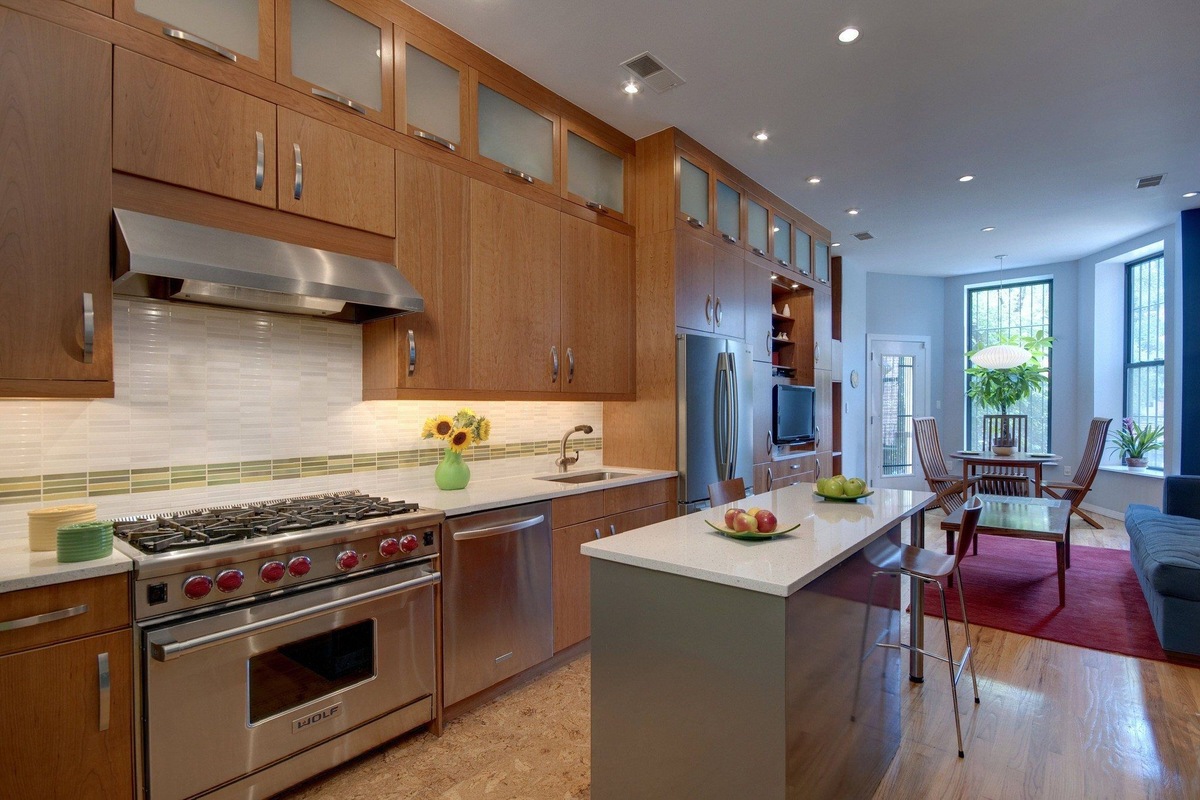

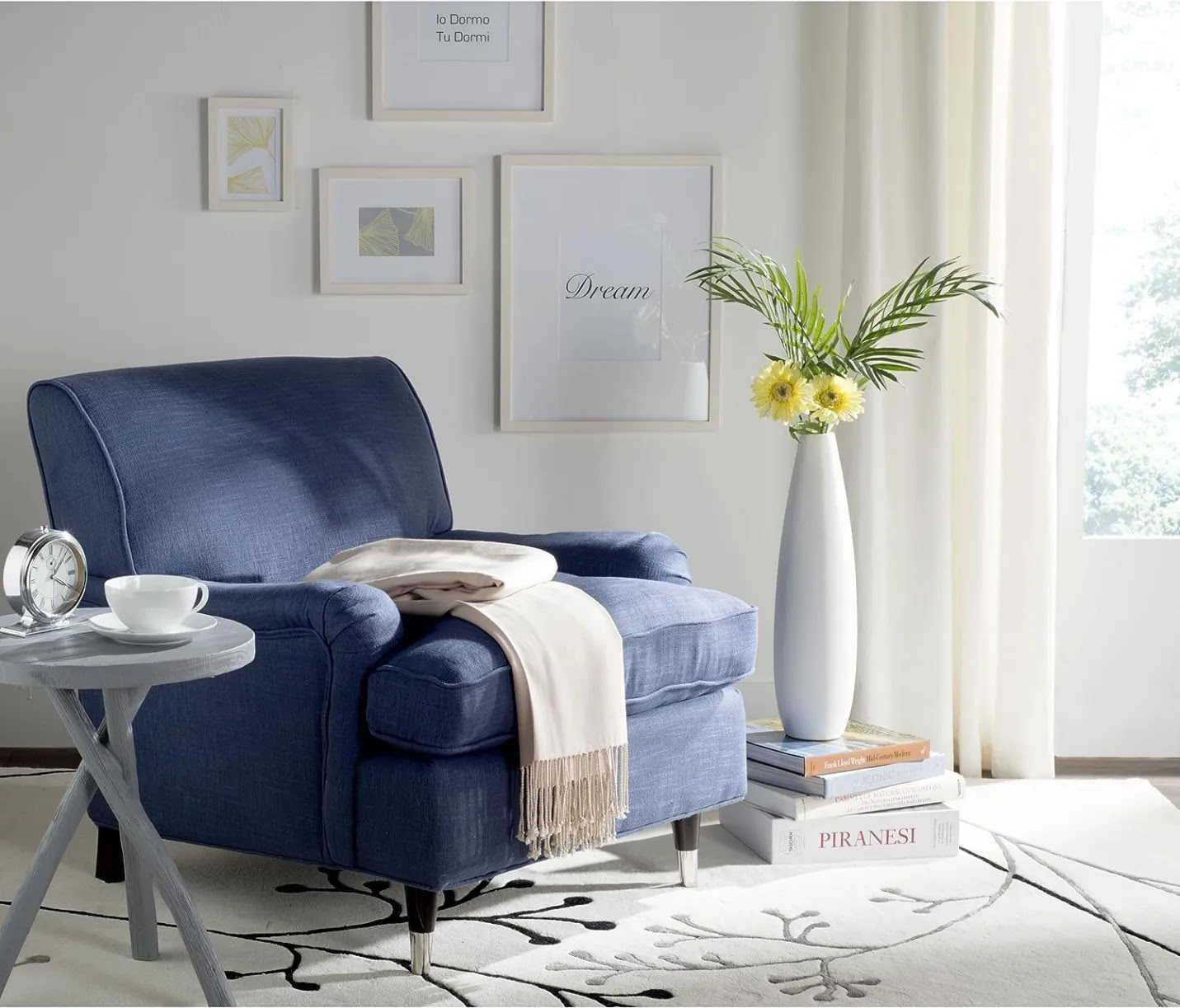
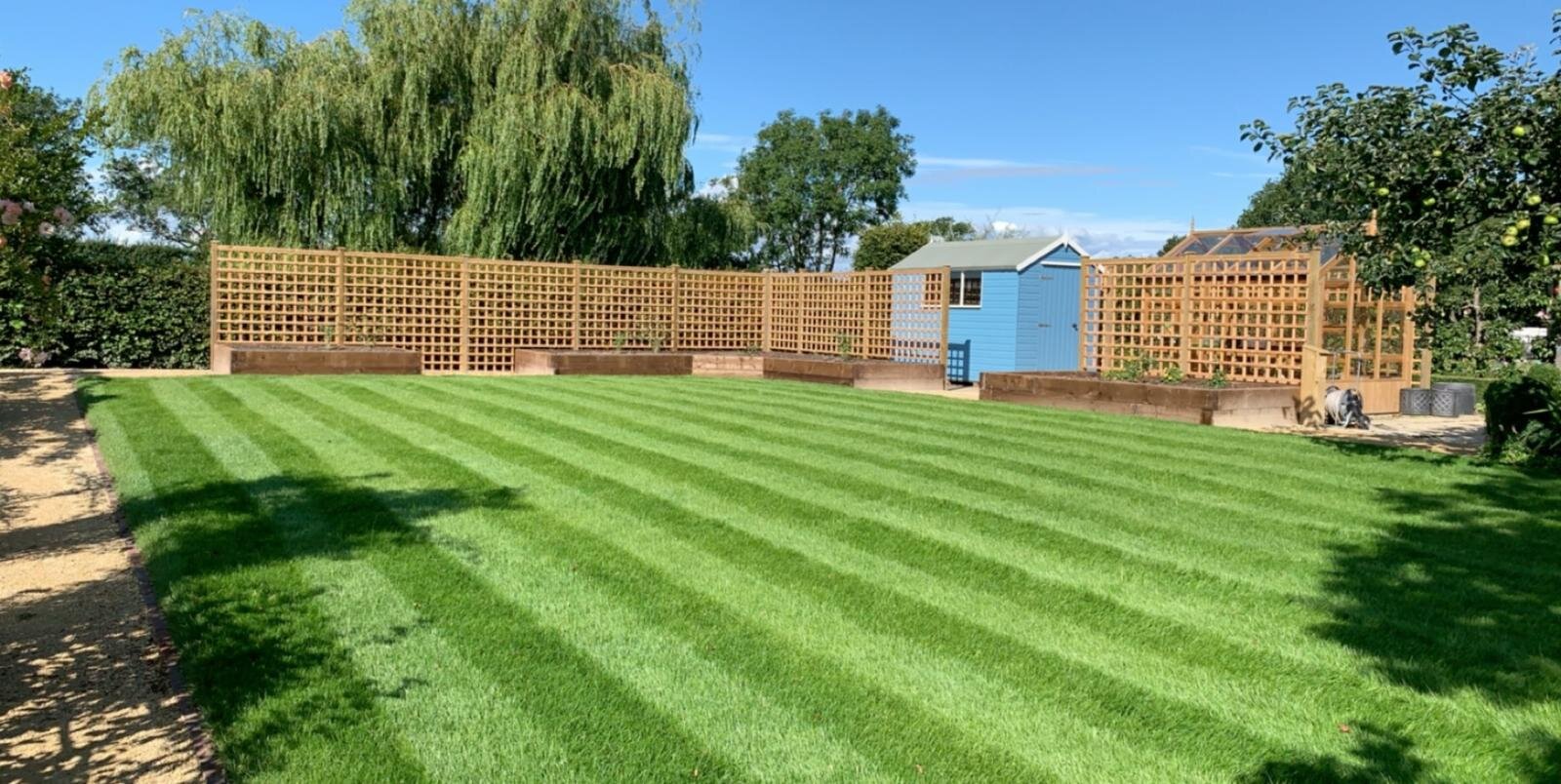
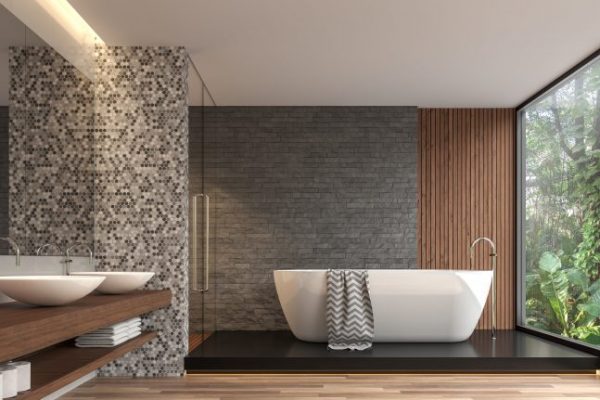
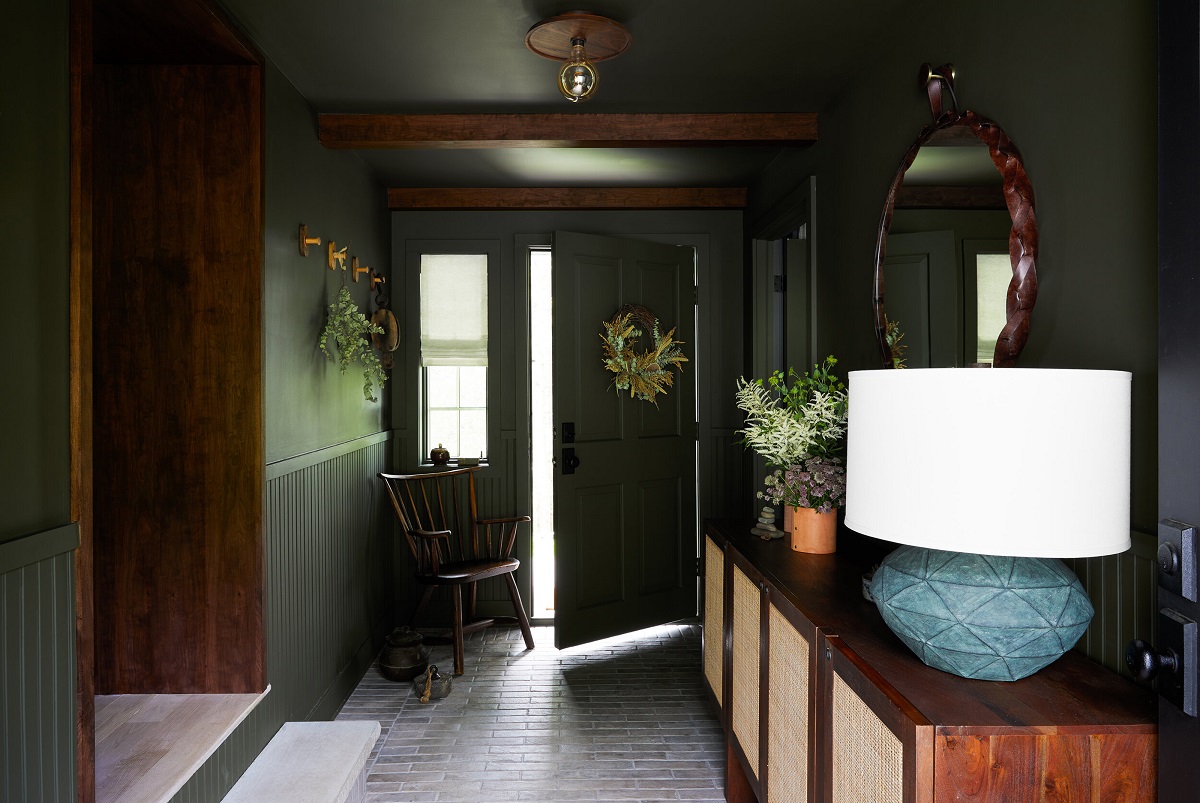
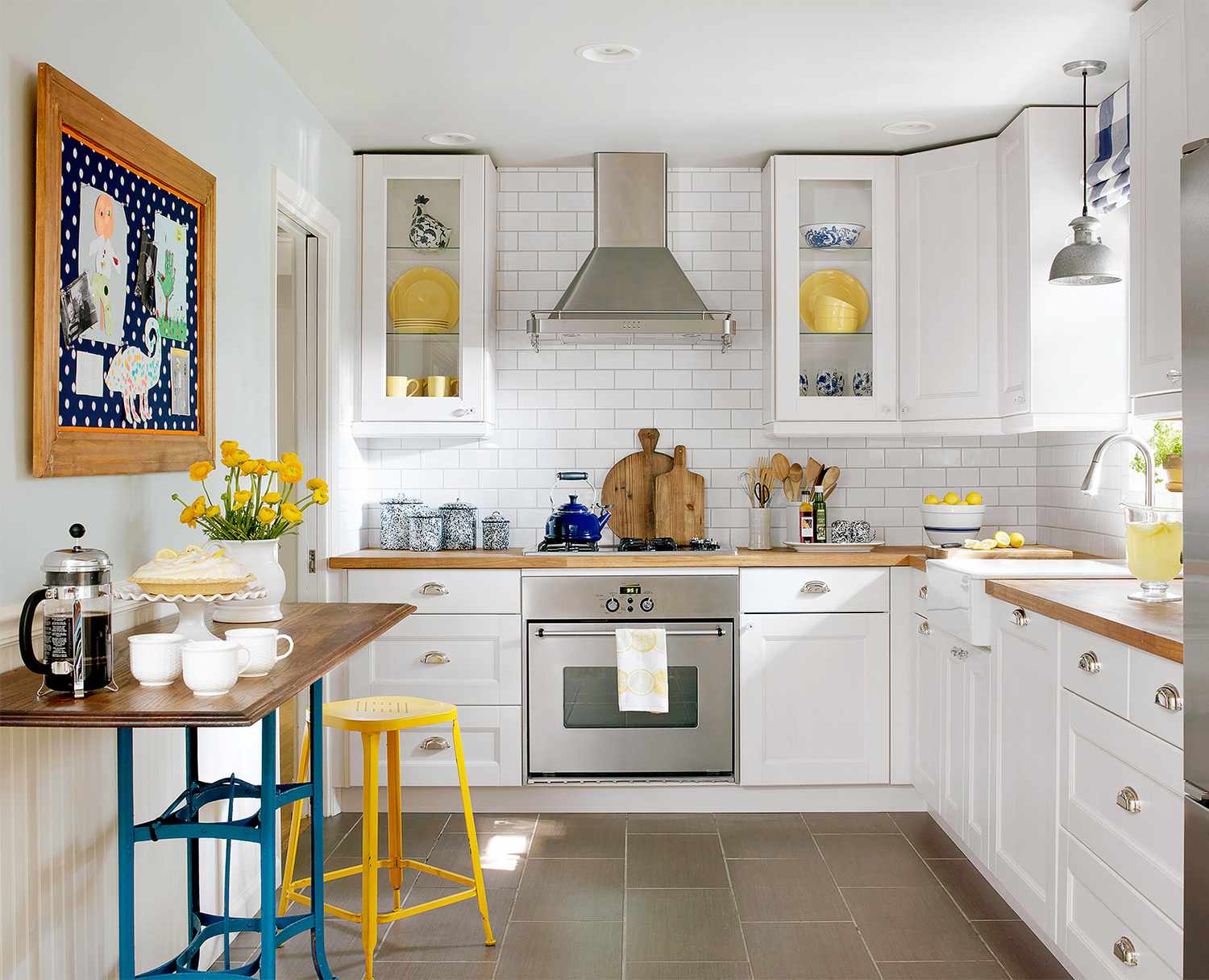
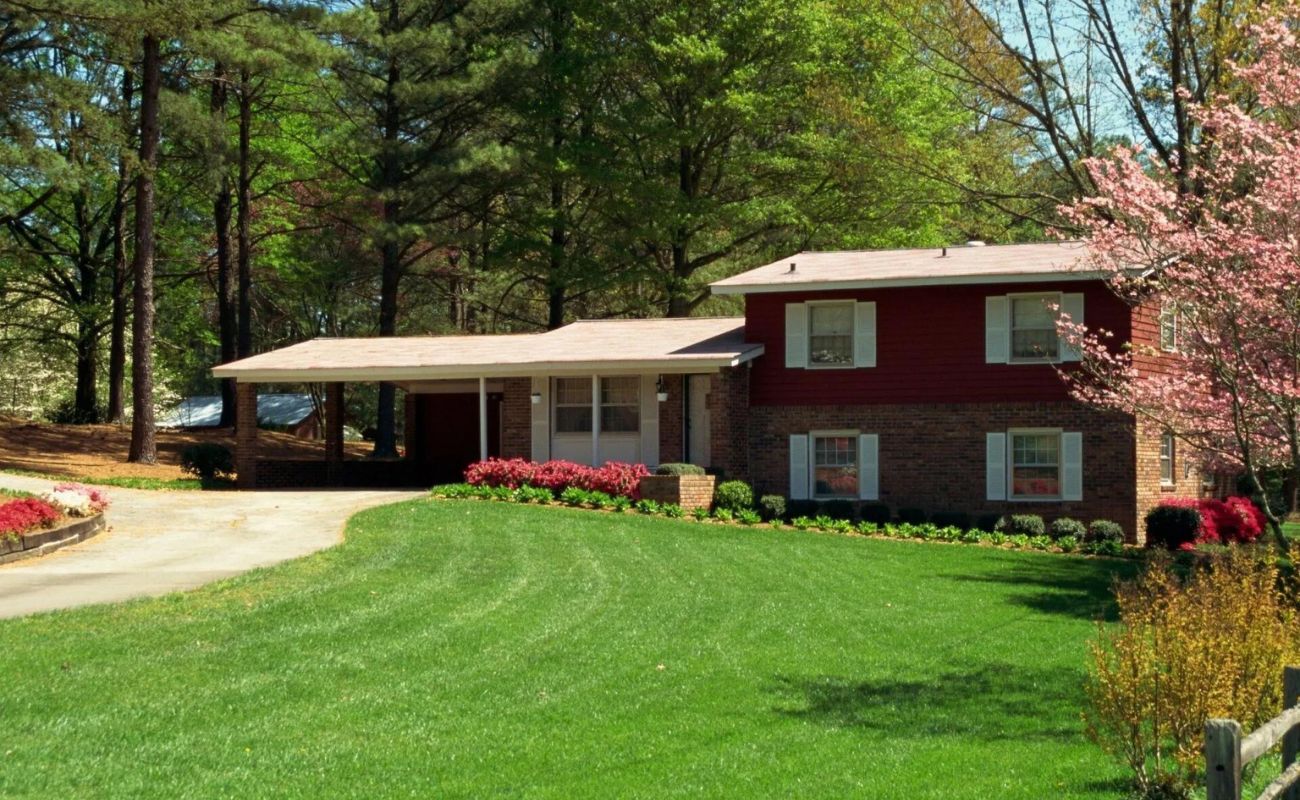
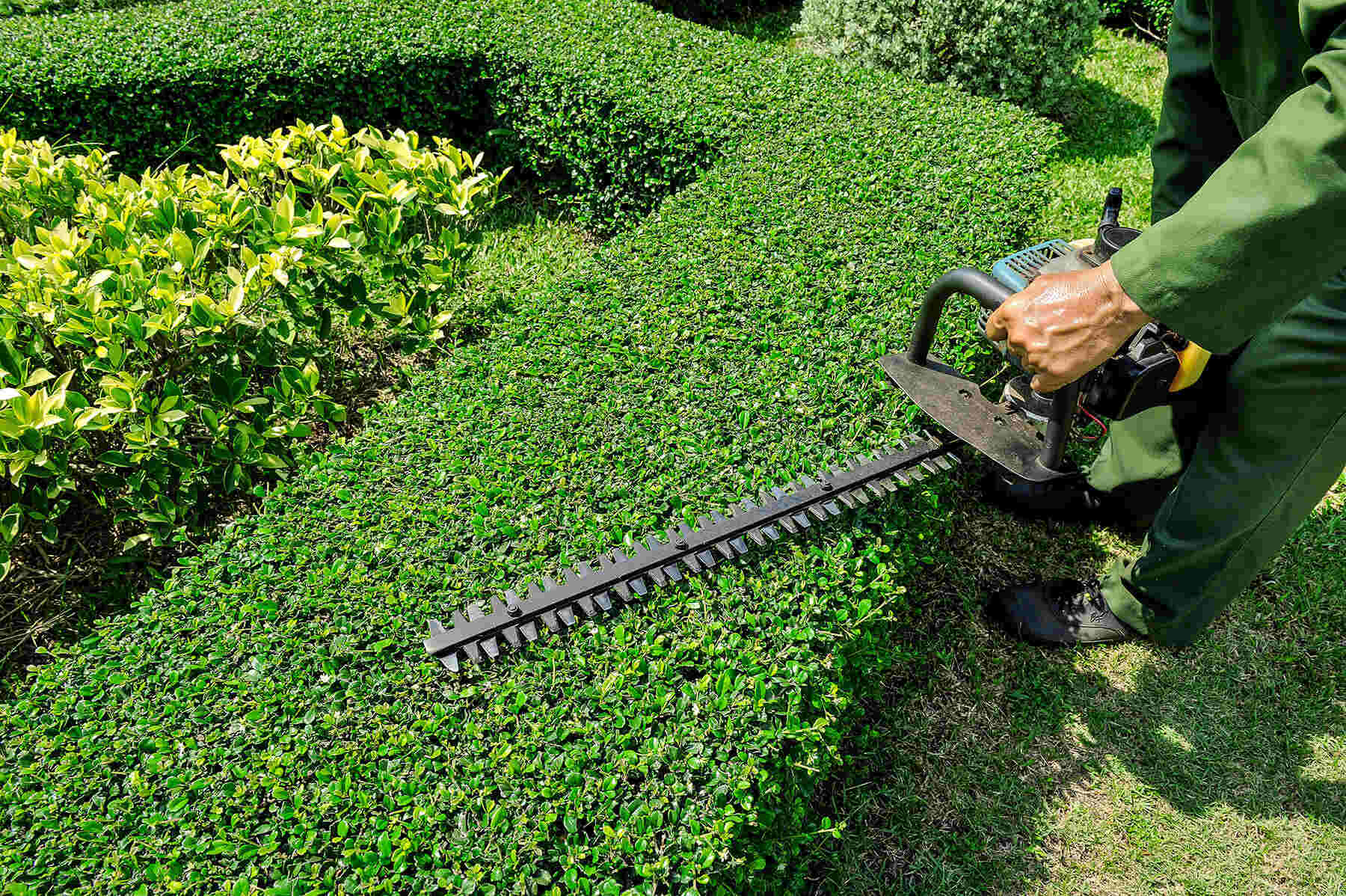
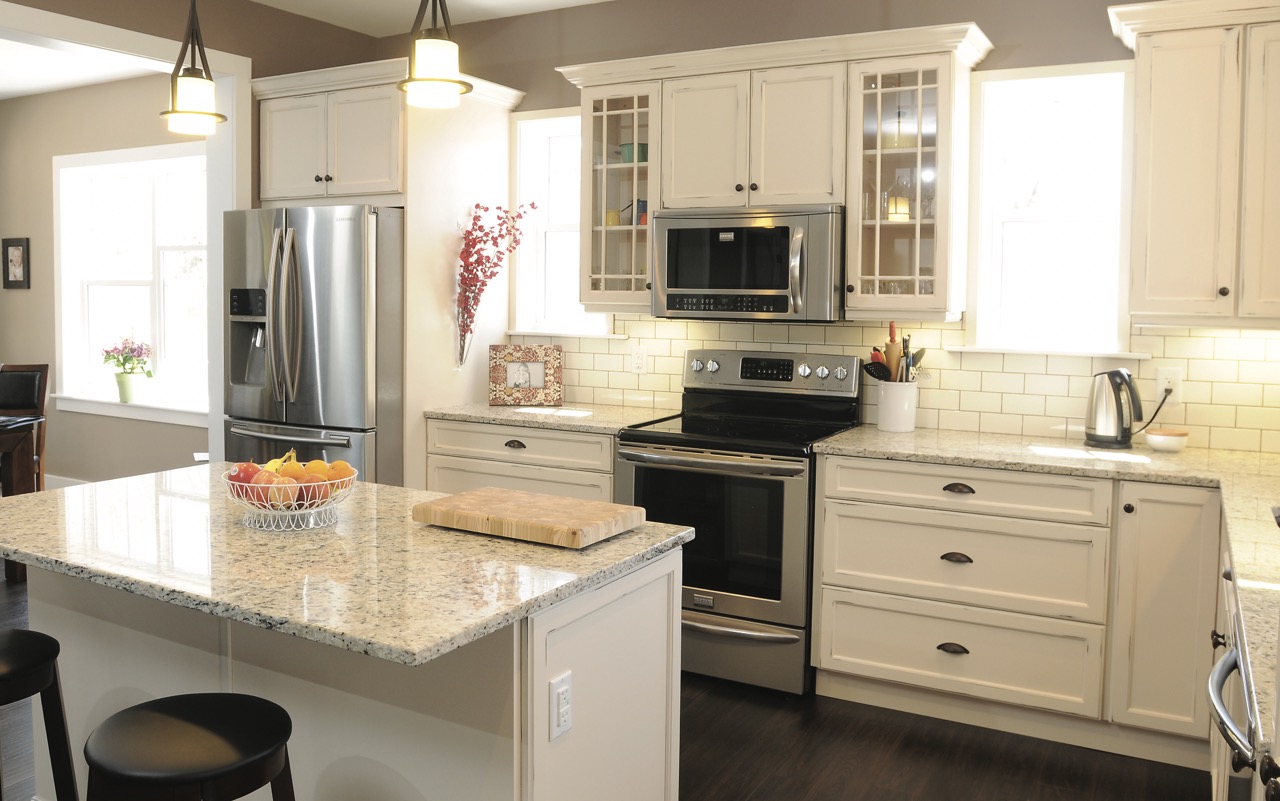
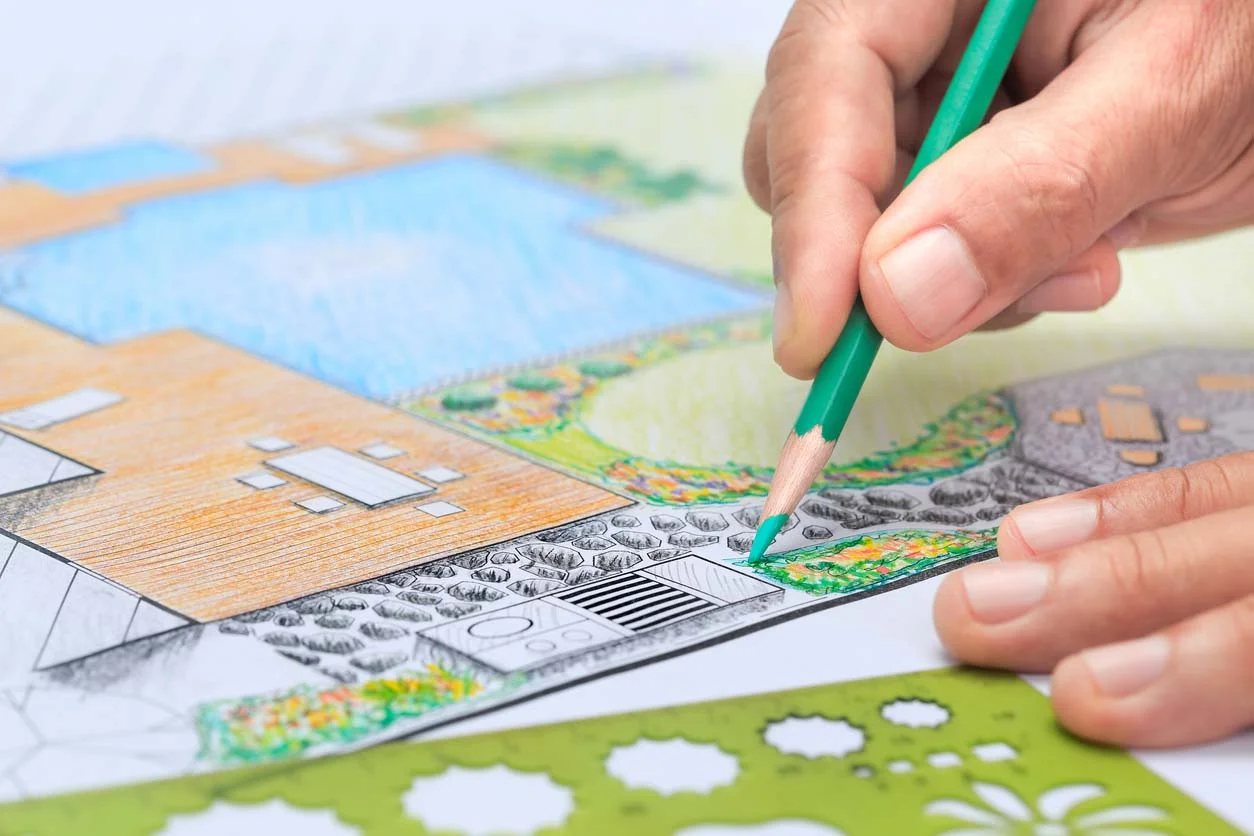
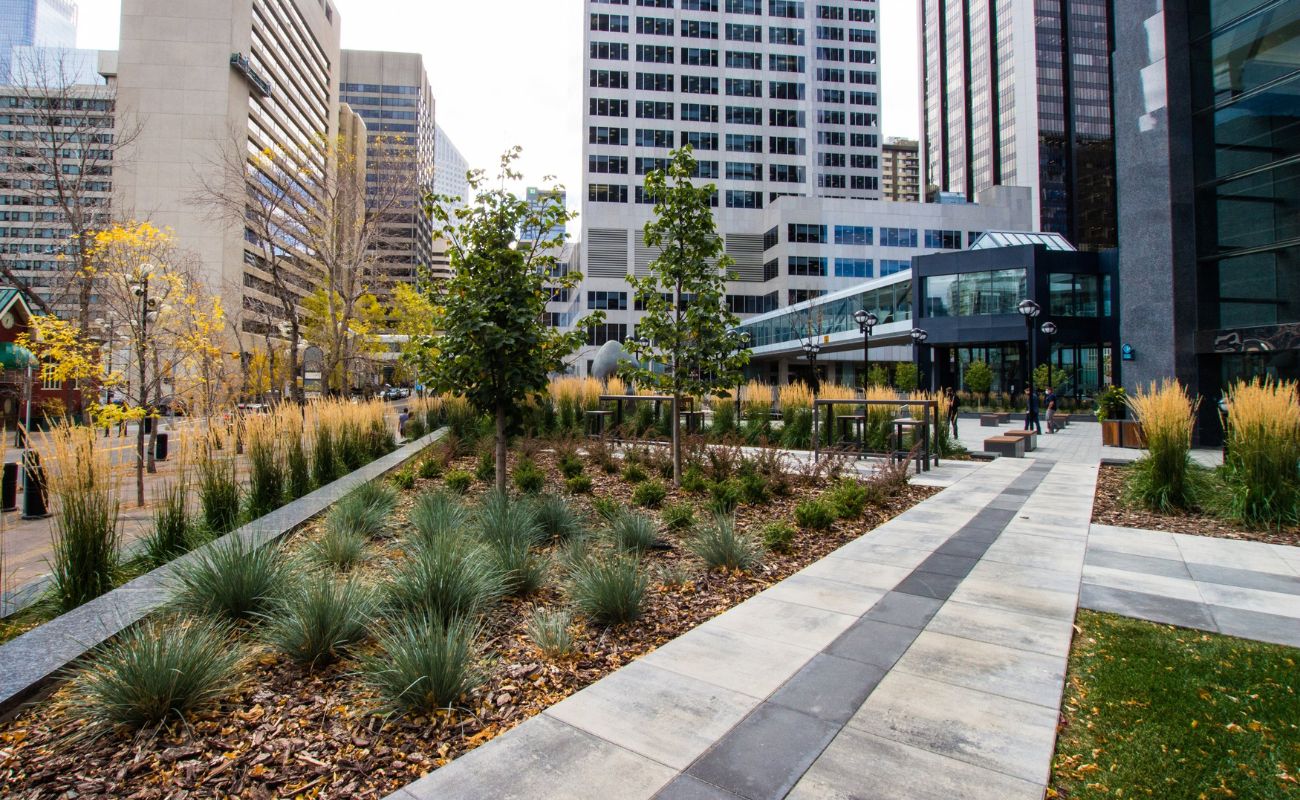
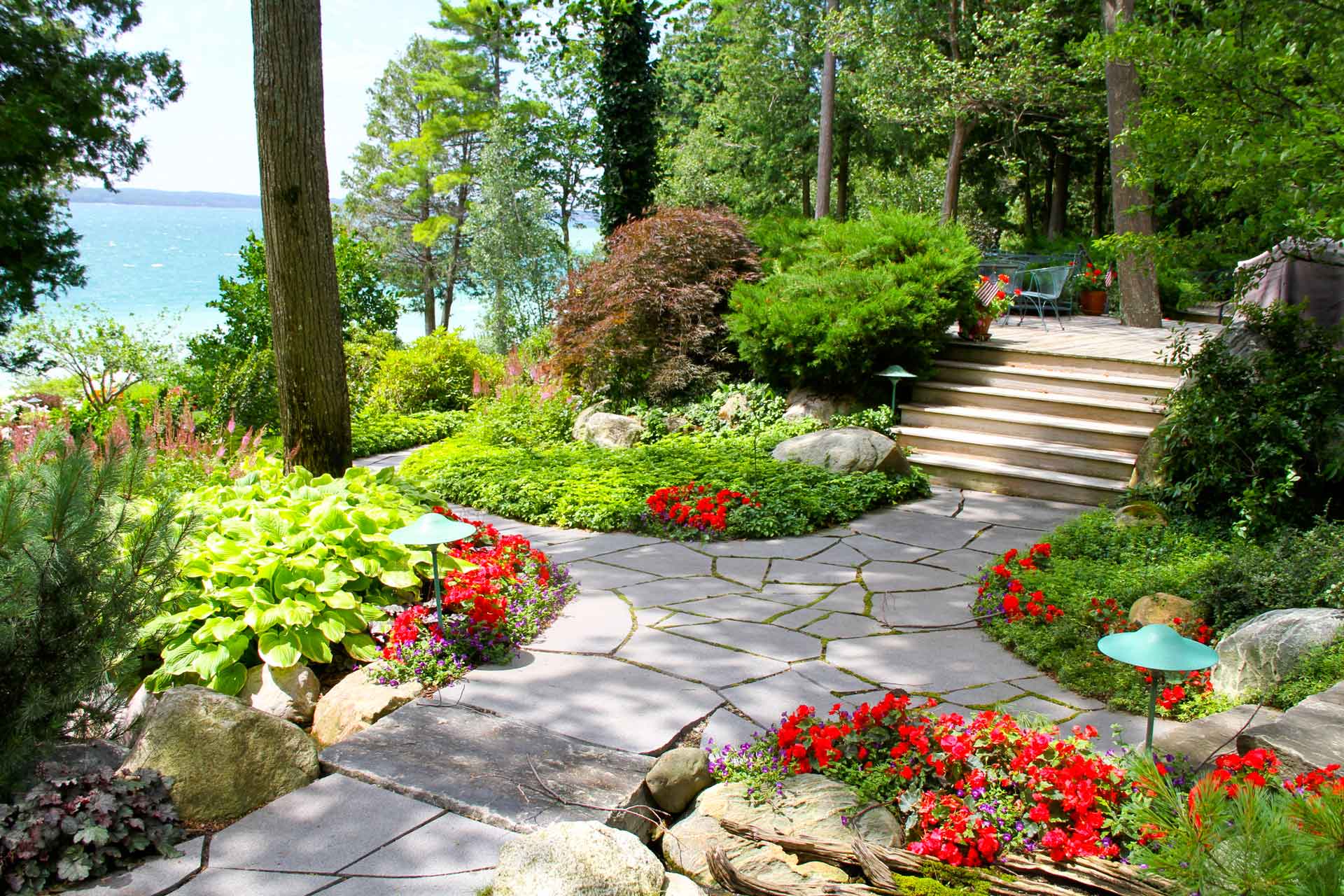
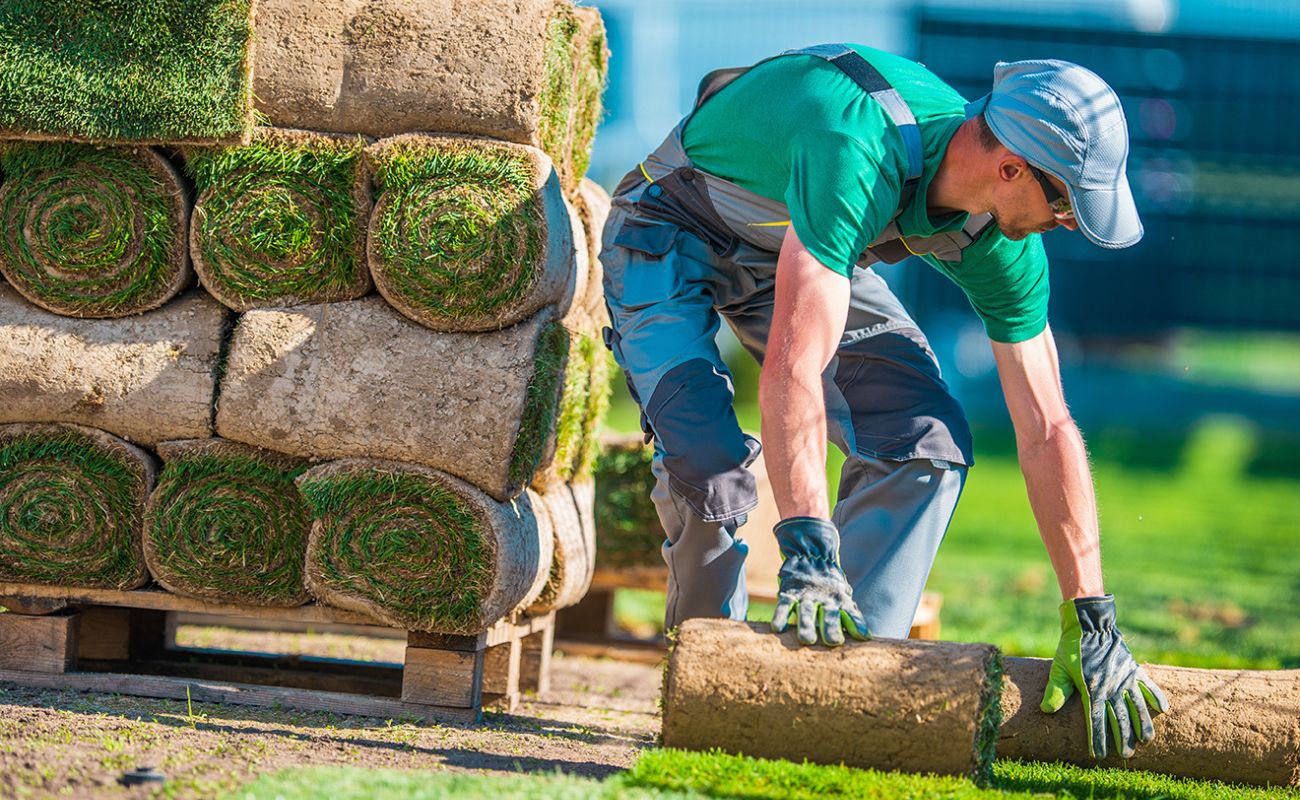

0 thoughts on “What Are The 7 Principles Of Landscape Design?”